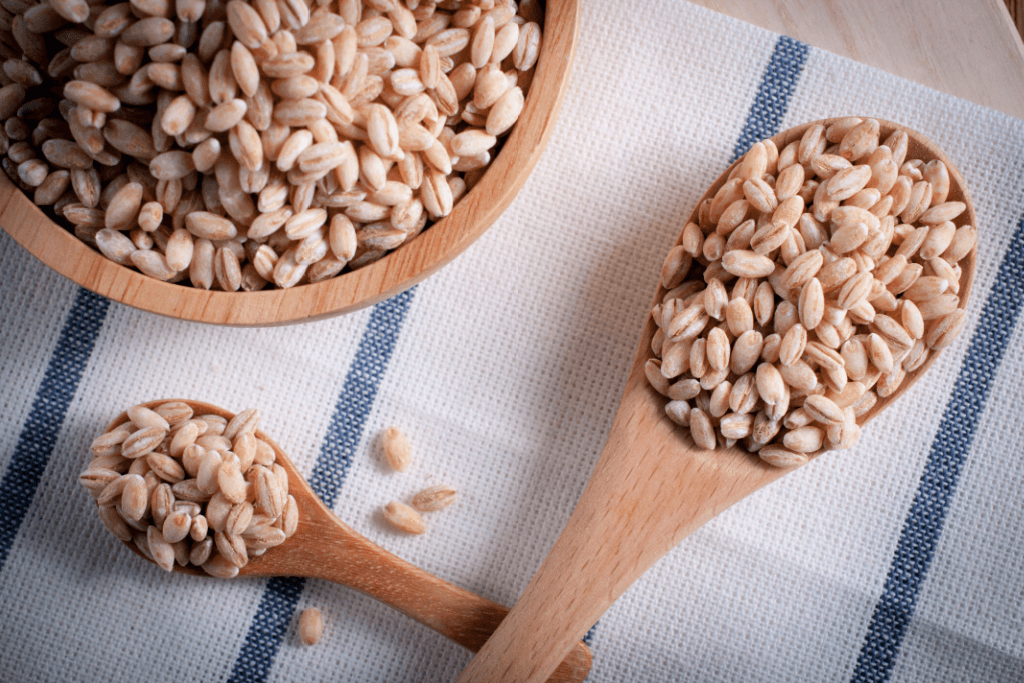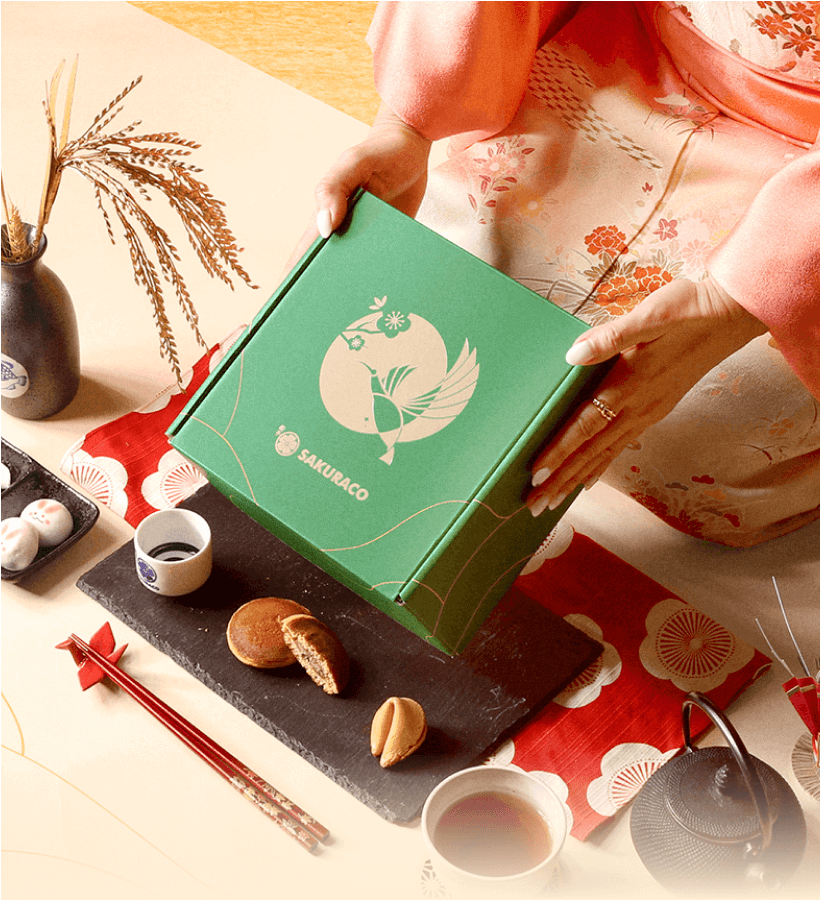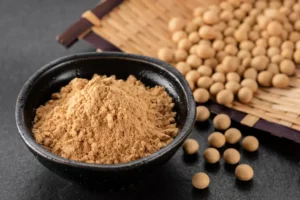Pearl barley is often used in skincare products, especially in Japan. But it didn’t just come out of nowhere. It’s been used for thousands of years as decorative beads and for medicinal purposes. Today, it’s a popular health food across Asia, often found in soups, porridge, drinks, and desserts. But there’s more. Let’s see why this tiny grain has been a favorite with health food enthusiasts and J-Beauty skincare lovers. Here’s everything you need to know about this one-of-a-kind grain.
Table of Contents
ToggleWhat is pearl barley?
It is known worldwide by many names, including pearl barley, hatomugi, Job’s tears, adlay millet, coix seed, and jali-jali. Pearl barley comes from a cereal plant native to Southeast Asia that produces these edible, ivory, bead-like seeds. The edible part is its soft-hulled grain, which is dried before being sold. There’s another hard-shell variety that’s used to make jewelry.
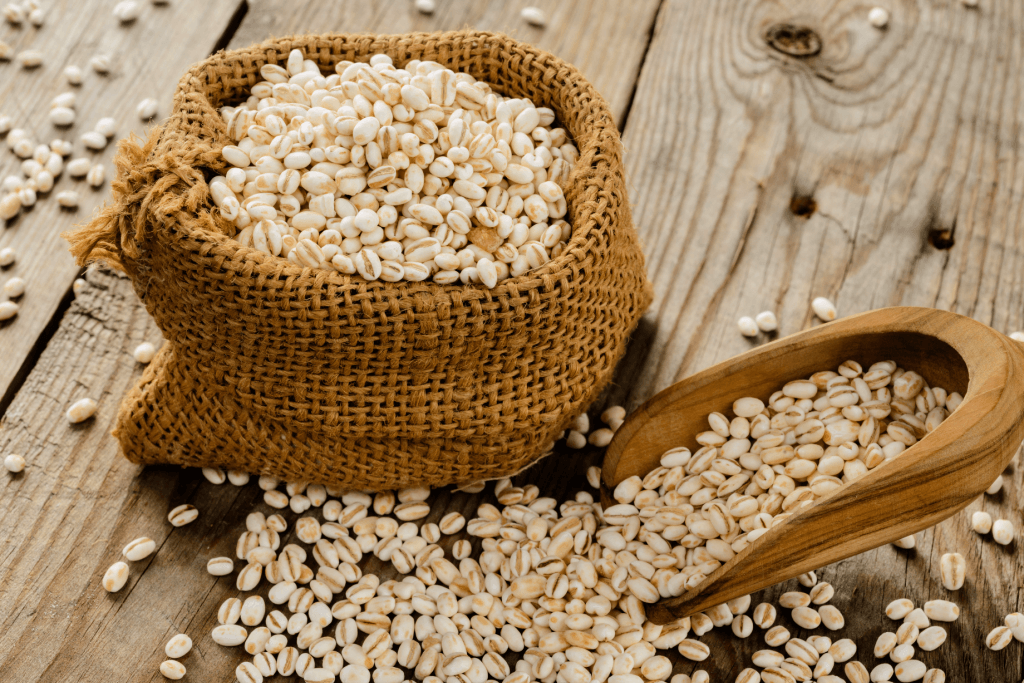
Despite the name pearl barley used in Asian supermarkets, it’s not a barley. Although pearl barley and barley are both grains, pearl barley has a much larger and rounder grain. Beyond its role as a food, the plant has long been a staple in Traditional Chinese Medicine. This unique grain gained international popularity as a health food.
Hatomugi in Tea
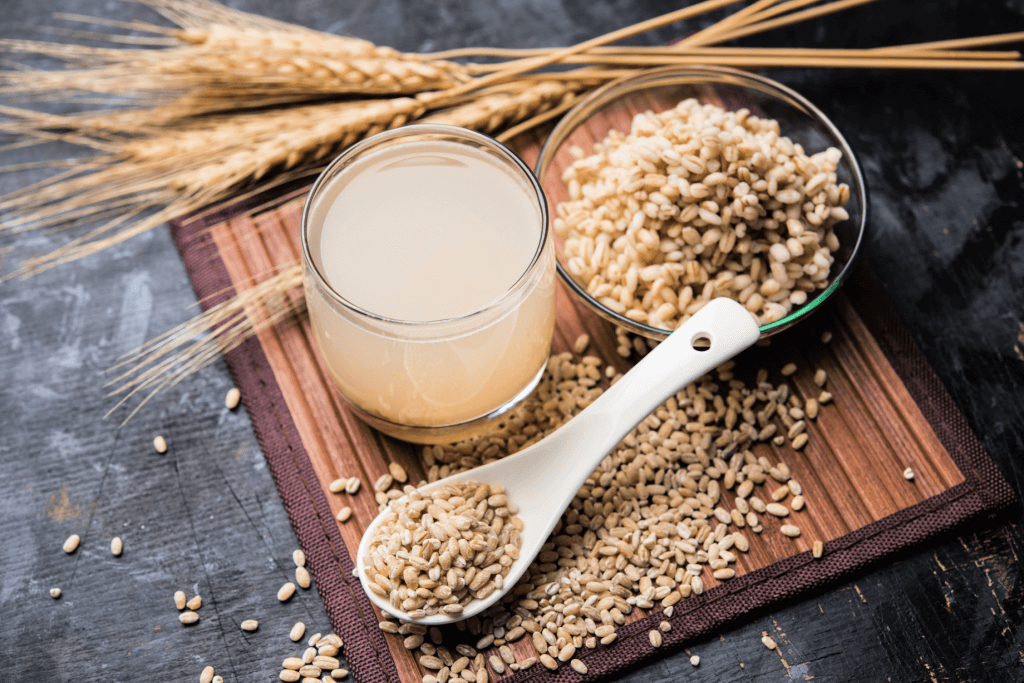
In Japan, roasted kernels are brewed into pearl barley tea. With the chai latte’s creamy disposition and oatmeal’s toasted flavor, there’s a comforting familiarity to hatomugi tea. The flavor is heavenly, roasted, toasted, nutty, like puffed rice cereal, but with a natural sweetness. It leaves a warm, sweet taste like slightly burnt hay in the mouth. Enjoy this tea’s unique aroma and reap the benefits of its medicinal qualities in every cup. It supports the urinary tract, cools the body, and treats inflammation. This tea is the perfect way to unwind after a long day!
Hatomugi in Skincare
Hatomugi is considered a miracle grain for the skin. It is a skincare ingredient today thanks to its vitamin and antioxidant content. Frequently featured in J-Beauty and K-Beauty brightening skincare products, hatomugi has an impressive ability to reverse hyperpigmentation and dark spots.

It also helps the skin to retain moisture and maintain the barrier function. It also protects the skin from dryness and external skin troubles, such as rough skin and excessive sebum secretion. Because of this, we will likely see even more skincare products with hatomugi in the future. If you suffer from damaged skin, uneven skin, or dark spots, hatomugi may be worth trying now!
Are you looking to explore more of what Japan can offer you? Then try Sakuraco! Sakuraco sends authentic Japanese tea, sweets, and snacks right to your door so you can enjoy the best of Japan’s ingredients in the comfort of your home.
Hatomugi in Cooking
Hatomugi is incredibly delicious and nutritious. One thing you need to be aware of, though, is that pearl barley takes much longer to cook than rice. Therefore, you will need to consider this when planning your meals. An alternative to rice and pasta, barley can add texture to broths and stews. Packed with fiber, pearl barley can be used in soups, salads, or porridge with baked apples.
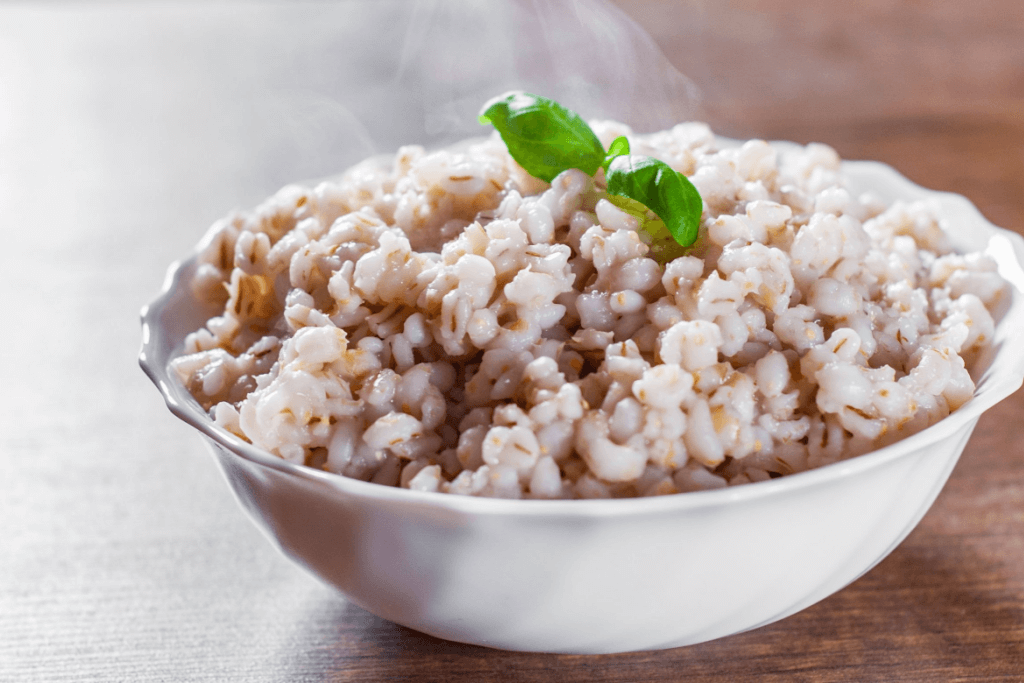
It soaks up the flavor from spices, so the taste of your culinary experiment is sure to be good. These plump pearls have a rich nut-like flavor and yield a velvety texture, leaving you feeling full. The versatile gems are a good source of selenium, a disease-fighting compound that enhances the mood. It’s an ingredient also used in traditional Japanese food and drinks.
The gentle flavor of the grain is endlessly adaptable. Pearl barley is a great buffer to more robust flavors, so don’t be afraid to serve it alongside punchy ingredients. It’s best to buy pearl barley in bulk as you can cook so many interesting things with it. It always pays to have some barley in your pantry. It can be stored for many months as long as you keep it dry.
Why should I try pearl barley?
Pearl barley is a well-loved grain, traditionally used to add bulk and comforting flavor to stews and broths. Pearl barley may also aid in skin brightening and reducing dark spots by regulating the skin’s melanin production. As a native plant to tropical parts of Asia, it has been used for thousands of years and has become an essential part of Traditional Chinese Medicine. It’s growing fashionable among the health-food crowd for being gluten-free and an alternative grain. Have you tried pearl barley before? What is your favorite use of this holy grail ingredient? Let us know in the comments below!

